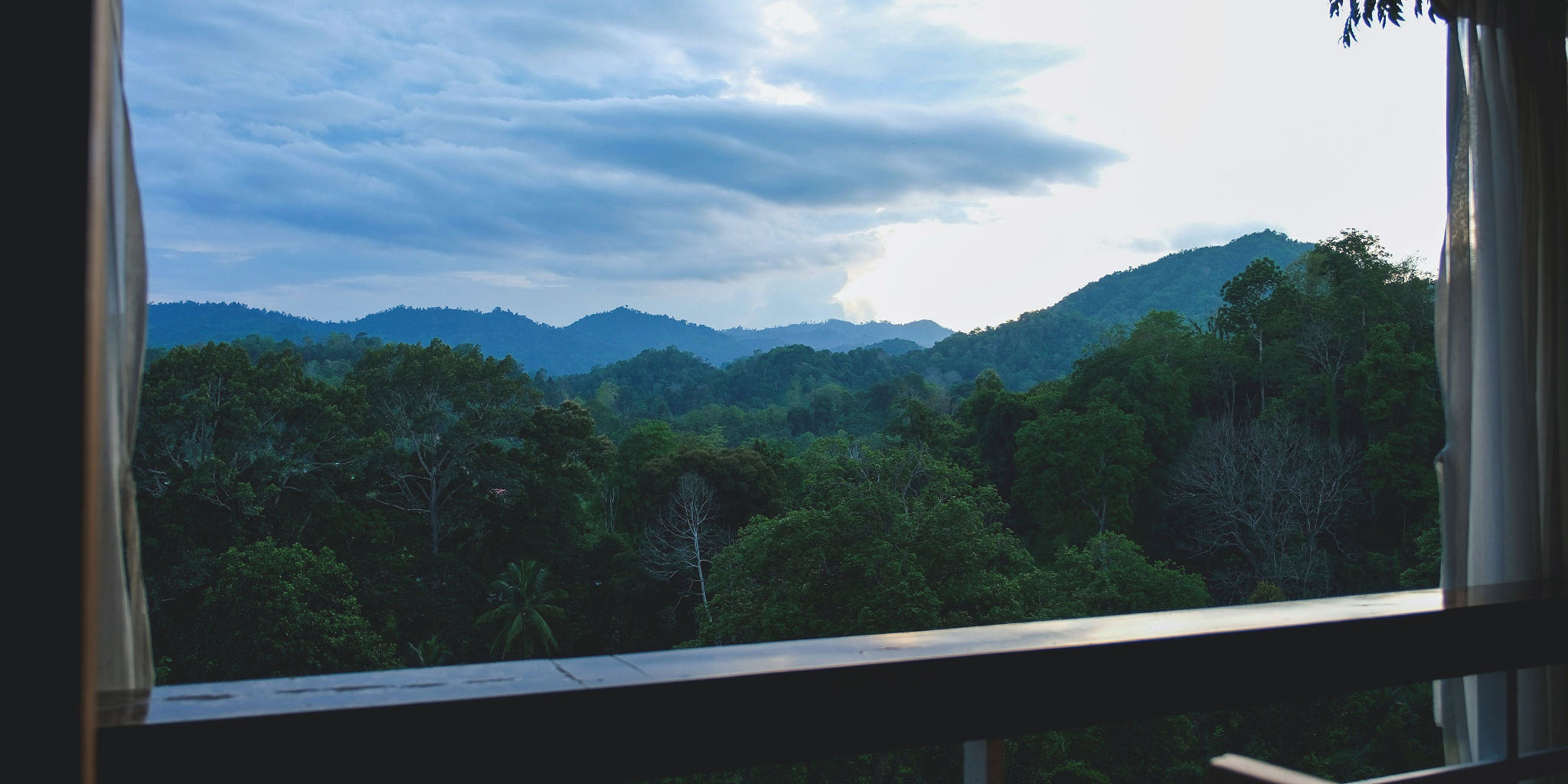Understanding the Impact of Johor's Weather on Pest Activity
Understanding the Climate of Johor
Johor, located in the southernmost part of Malaysia, experiences a tropical rainforest climate. This means that it has high humidity levels and significant rainfall throughout the year. The weather is generally warm, with temperatures usually ranging from 25°C to 35°C. Such conditions create an ideal environment for pests to thrive.
The abundance of moisture and warmth in Johor significantly influences the activity of various pests. The region's weather conditions allow pests such as mosquitoes, termites, and cockroaches to flourish, posing challenges to both residential and commercial properties. Understanding the correlation between Johor's weather and pest activity can help in implementing effective pest control measures.

The Role of Humidity in Pest Proliferation
High humidity levels in Johor are a major factor contributing to increased pest activity. Moist environments provide ideal breeding grounds for pests, particularly mosquitoes and termites, which are prevalent in the region. Mosquitoes breed in stagnant water, which is abundant during the monsoon season, while termites thrive in damp wood and soil.
Additionally, humidity affects the lifespan and reproductive rates of pests. For instance, higher humidity levels can lead to quicker life cycles for mosquitoes, resulting in more rapid population growth. Therefore, managing indoor humidity levels through the use of dehumidifiers can be an effective strategy to reduce pest activity.
Impact of Temperature on Pests
The warm temperatures in Johor contribute to the active presence of pests year-round. While some pests are more active during certain seasons, many can survive and reproduce throughout the year due to the consistent warmth. Cockroaches and ants, for example, find refuge indoors where temperatures are stable, making them common household nuisances.

Seasonal Patterns and Pest Activity
Although Johor experiences consistent temperatures, there are seasonal variations that affect pest behavior. The monsoon season, which occurs from November to February, brings heavy rains that increase mosquito breeding sites. Conversely, the drier months may see a rise in indoor pest activity as these creatures seek moisture and food inside homes.
Understanding these seasonal patterns can help residents and businesses prepare for potential pest surges. Implementing preventive measures such as clearing standing water and sealing entry points can mitigate the impact of seasonal pest population changes.
Methods for Pest Control in Johor
Effective pest control in Johor requires a comprehensive approach that considers the region's weather patterns. Some common methods include:
- Regular inspection and maintenance of property to identify potential pest habitats.
- Utilizing pest-resistant building materials.
- Implementing biological control methods, such as introducing natural predators.
- Using eco-friendly pesticides that are safe for humans and pets.

The Importance of Community Efforts
Community involvement is crucial in managing pest activity in Johor. Local authorities often conduct public awareness campaigns to educate residents on best practices for preventing pest infestations. Community clean-up drives and collaborative efforts to eliminate breeding grounds can significantly reduce pest populations.
By understanding how Johor's weather impacts pest activity, residents can take proactive steps to protect their homes and businesses. With a combination of individual efforts and community initiatives, it is possible to minimize the challenges posed by pests in this tropical region.
